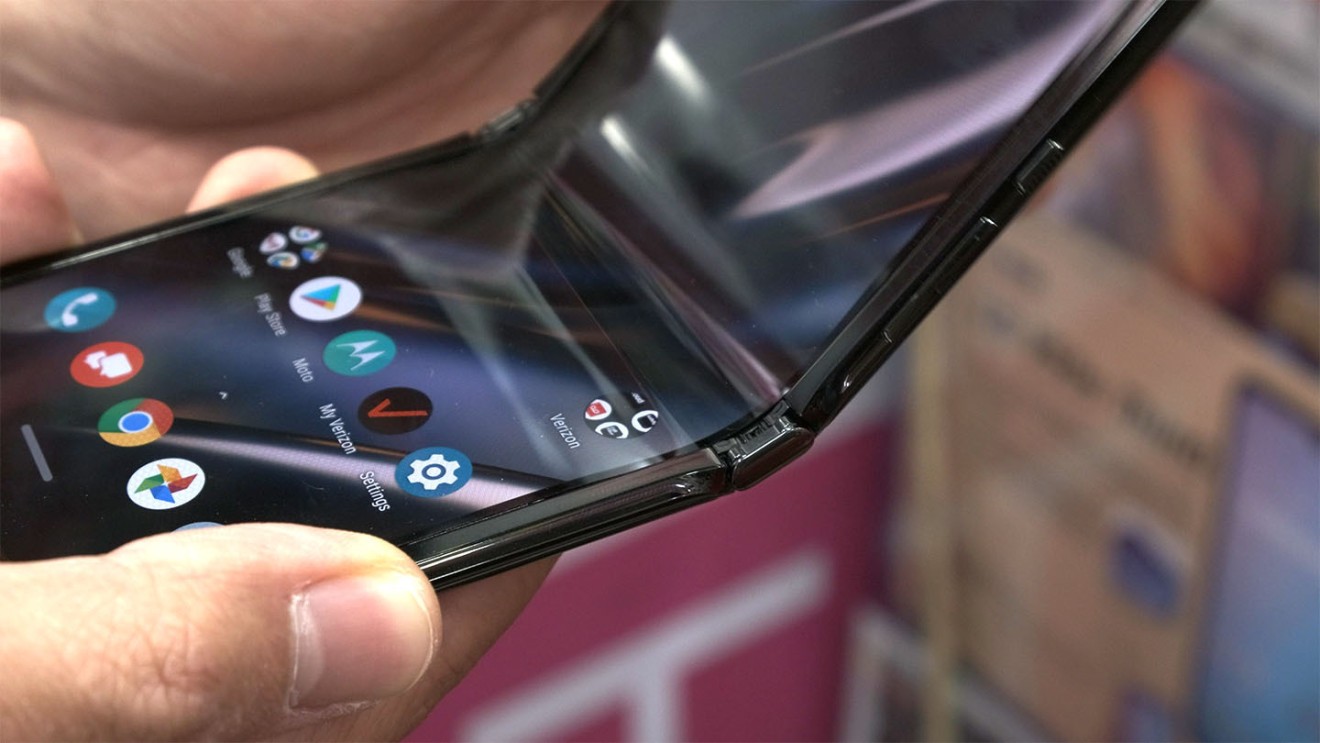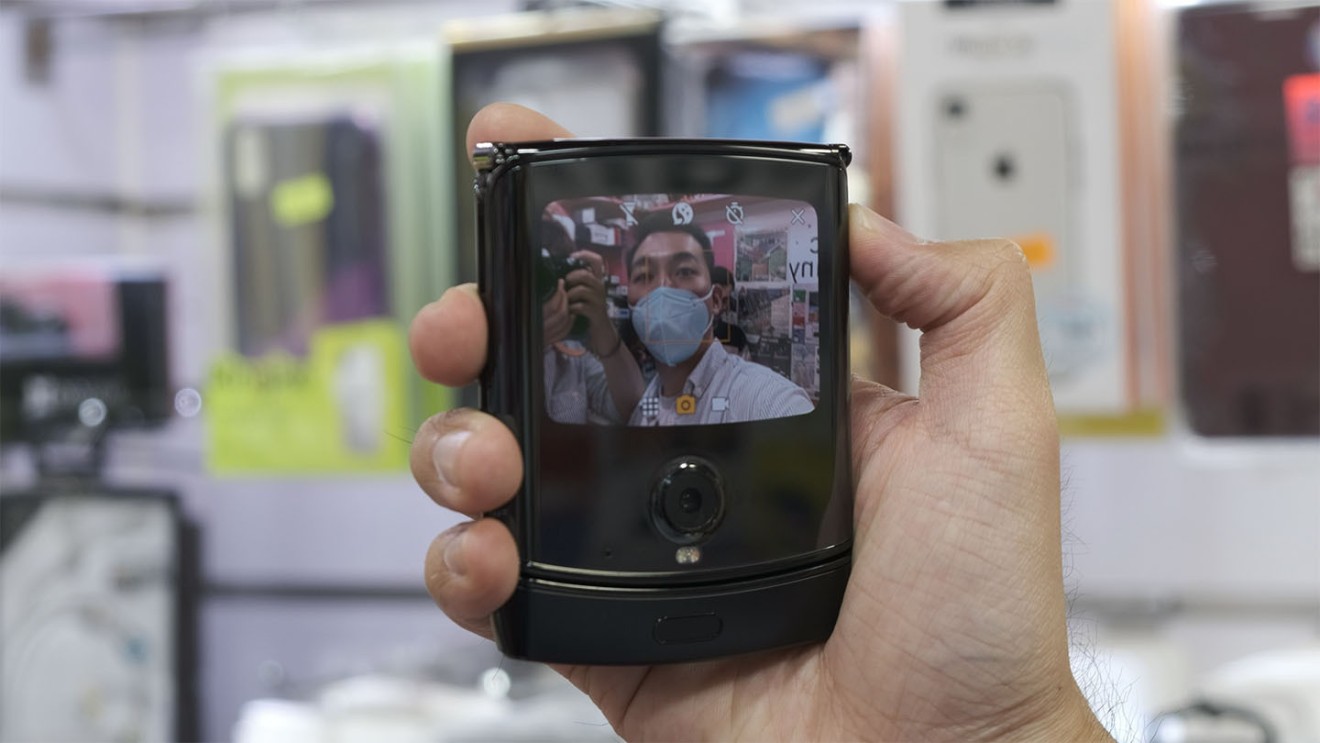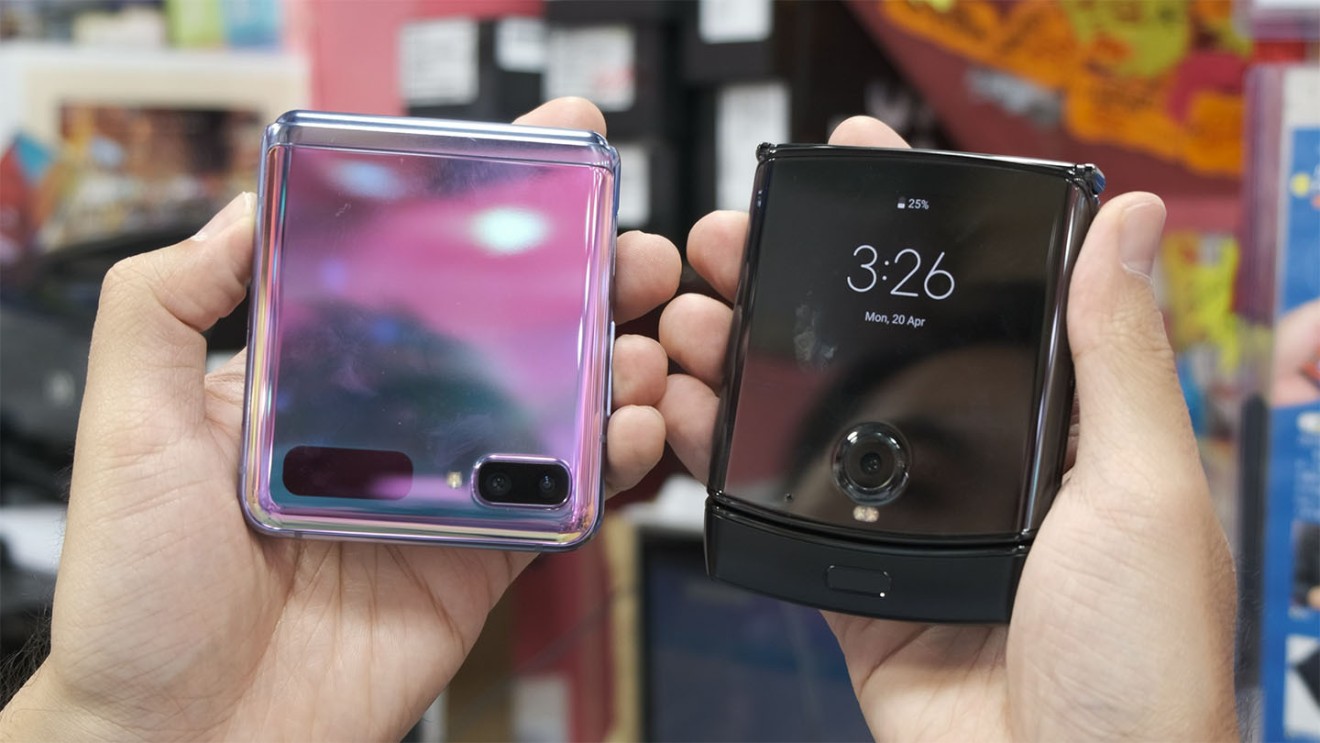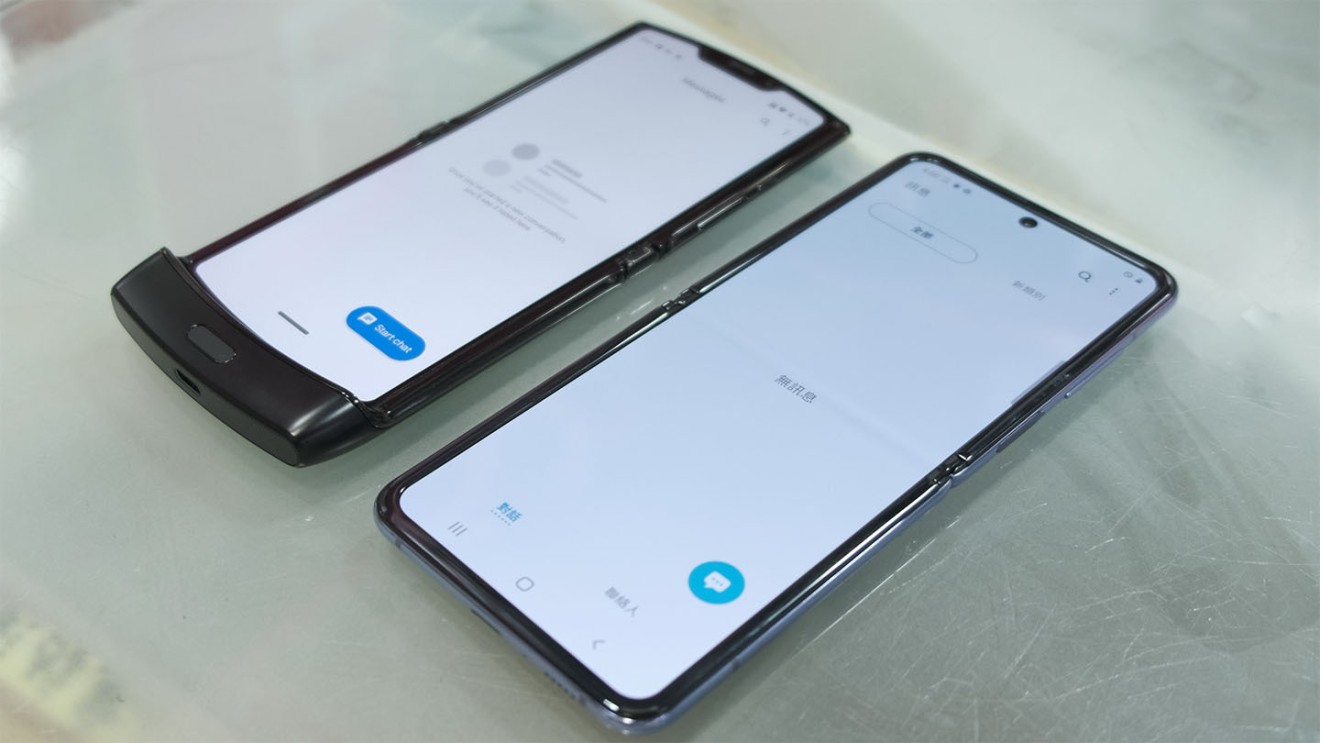
The Motorola Razr is an overpriced flip phone with underperforming specs
It’s natural to compare the Razr to the new Samsung Galaxy Z Flip, and it’s not flattering to Motorola
The new Motorola Razr foldable smartphone generated a lot of buzz when it was announced late last year. A smartphone with the looks of the original Razr V3 flip phone seems to have elicited a lot of nostalgia.
WHAT I DISLIKE
The sound comes from Razr’s unique hinge design. It allows the screen to curl when the phone is folded up, keeping it from having a visible crease on the screen like other foldable smartphones. So Razr managed to get rid of one of the biggest flaws of other foldables while introducing another terrible one. This isn’t a flaw I could live with in my daily device.

Folding and unfolding the Razr isn’t easy, either. In my first few attempts, I almost dropped it... twice! The top half of the phone is slightly heavier, and the hinge is a lot stronger than the one on the Z Flip, requiring a bit of force to open it.
And once unfolded, it’s not comfortable to hold, and the fingerprint reader is hard to reach. Located on the bottom chin, the sensor isn’t where a user would be expected to naturally put their thumb.

The plastic screen bothers me a bit, too. I wish it had a flexible glass screen like the one Samsung uses on the Galaxy Z Flip. Even with the top plastic layer, Samsung’s foldable glass display feels more like a modern smartphone. The Razr’s display also doesn’t seem as vibrant or as bright as what I experienced on the Z Flip and the Galaxy Fold.
WHAT I LIKE

There are only two things I really like about the Razr. First, the display crease is almost invisible. Motorola did a really good job designing a hinge system that helps prevent a crease in the screen. I could barely see or feel the crease while scrolling through content on the Razr.

Second, the outer screen is much bigger than the tiny one on the Z Flip, making it more useful for selfies and checking notifications. After using it for a while, it’s hard to go back to the tiny outer screen on the Z Flip.
RAZR VS Z FLIP

Both flip phones are similar in size when folded. The Razr has a bigger outer screen, but the main display inside is slightly smaller. It’s nice that there’s no display crease, but that loud, unsettling squeak can’t be ignored when you’re opening and closing the phone. The build quality also feels plasticky, making it look and feel less premium than the Z Flip.

On top of that, the Razr is a less powerful phone that costs US$100 more than the Z Flip. If you were comparing just the specs sheet, the Z Flip bests the Razr in almost every respect.
The Razr is powered by a mid-range Qualcomm Snapdragon 710 compared with last year’s flagship Snapdragon 855 on the Z Flip. Motorola gives you 6GB of RAM and 128GB of storage on the Razr, but Samsung gives you 8GB of RAM and 256GB of storage on the Z Flip.
Samsung uses a slightly larger 6.7-inch AMOLED on the Z Flip compared with the Razr’s 6.2-inch pOLED display. The battery capacity is also a more generous 3,300mAh on the Z Flip, while the Razr battery comes in at 2,510mAh. And for some reason the Razr is shipping with Android 9 rather than the latest Android 10 running on the Z Flip.

One area the Razr wins out in the numbers is the camera, which uses a 16-megapixel sensor. The Z Flip camera only shoots 12-megapixel photos, but the megapixel count is hardly the most important factor in photo quality.

Even if money were no object, I would choose the cheaper Z Flip over the Razr. The foldable glass display just feels nicer than the plastic one on the Razr, and the Z Flip’s display offers deeper blacks and punchier colors.
It would be nice not to have to feel that crease on the screen, but it’s not a big issue for me. More importantly, the Z Flip has no unnerving creak when opening it up.
That’s what makes the new Razr so hard to recommend, in spite of the nostalgic feel of the device. While Motorola did technically beat Samsung to the punch with a clamshell foldable, both these phones are now on the market and the Razr comes up short.

